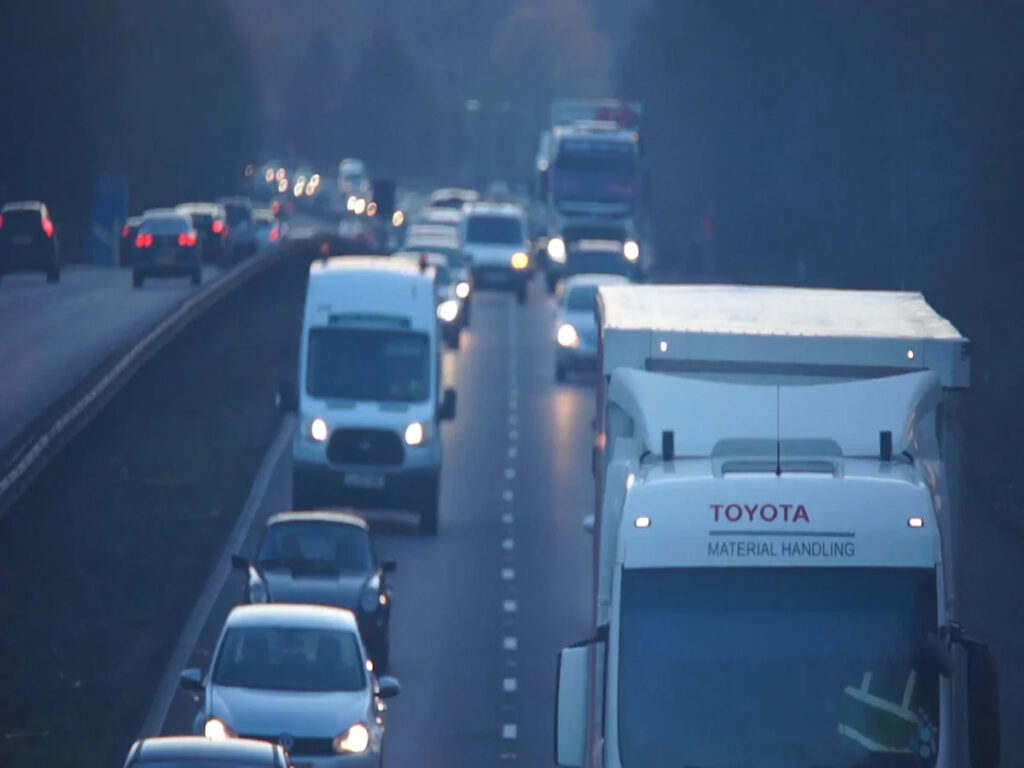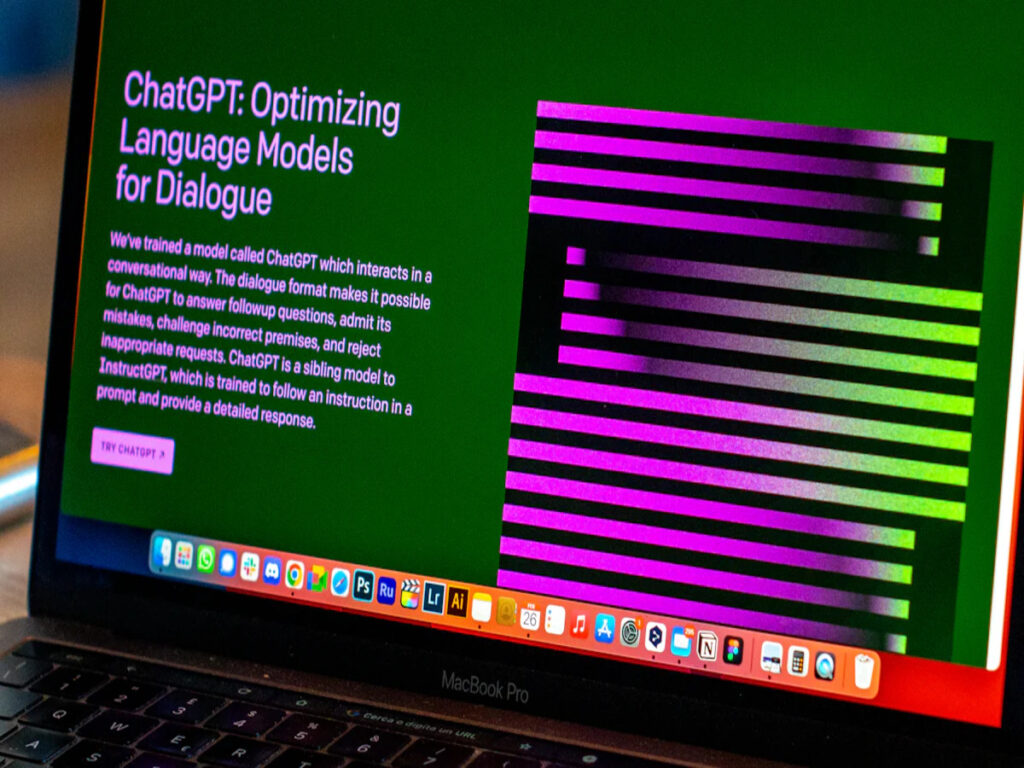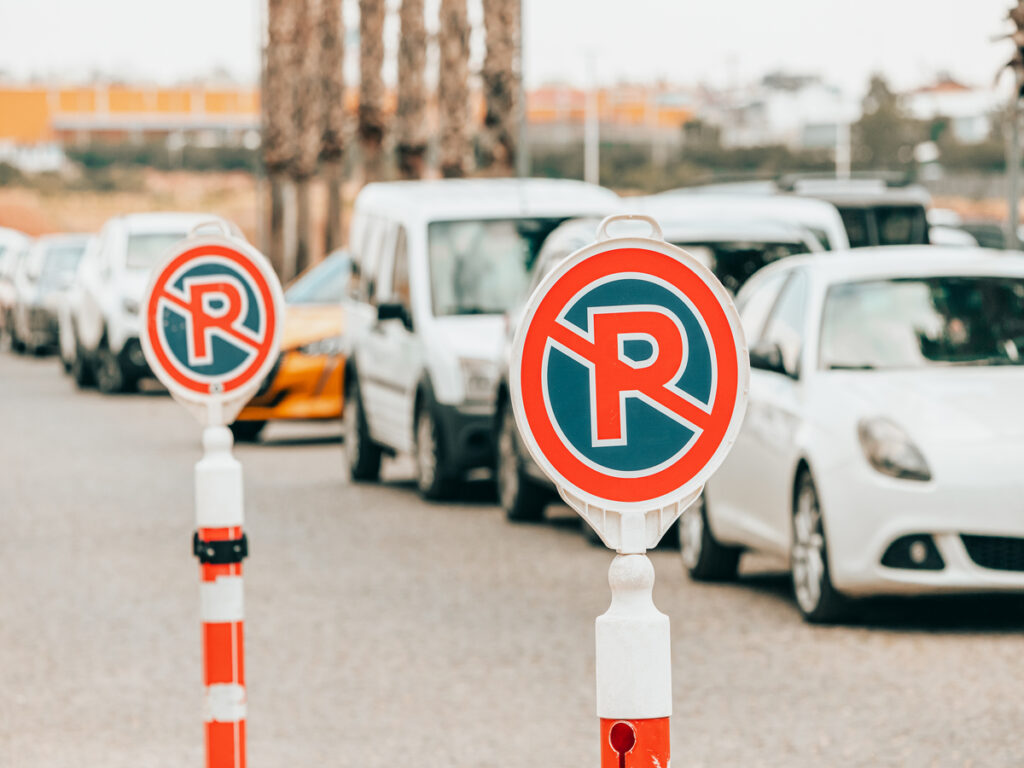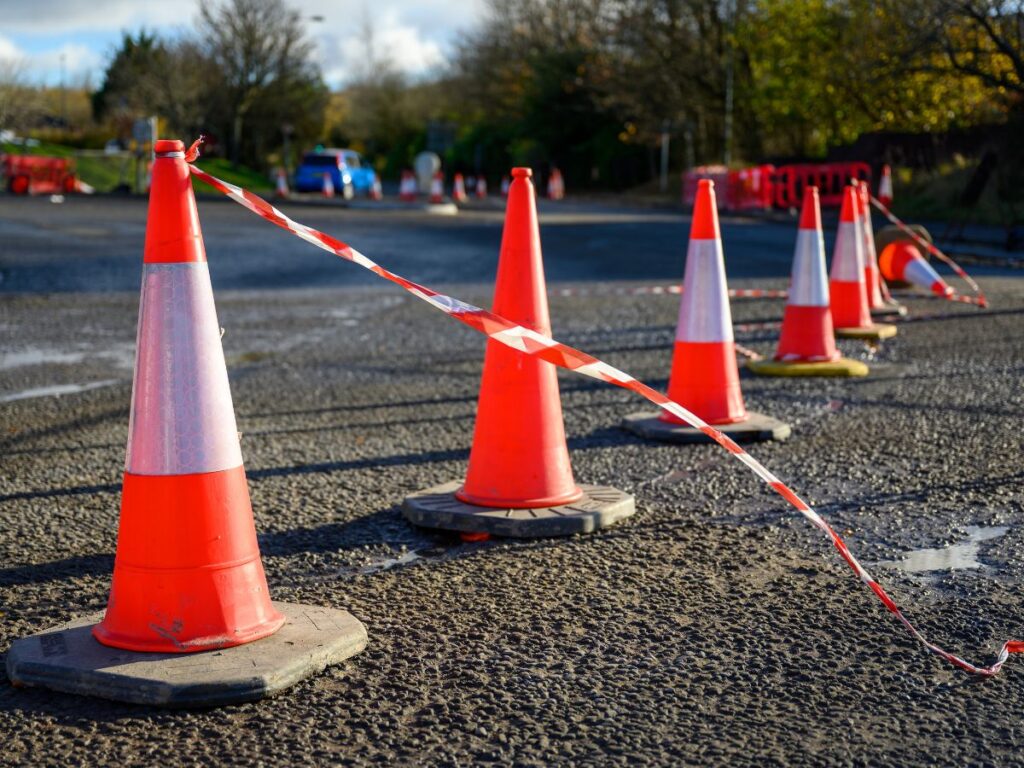
Ай меняет то, как вы испытываете трафик. Такие города, как Лос -Анджелес и Сингапур, используют ИИ для прогнозирования заторов и корректировки транспортных сигналов, сокращение времени в пути до 20%. Эти достижения делают дороги более безопасными и эффективнее. Пластиковые строительные конусы теперь интегрируют ИИ и аналитику данных для мониторинга трафика в режиме реального времени. Это инновация помогает вам ориентироваться в строительных зонах с меньшими задержками. Оптимизация транспортного потока улучшает городскую жизнь за счет сокращения заторов и повышения безопасности для всех на дороге.
ОПТзнаки Распределите приоритеты в безопасности дорожного движения и плавного транспортного потока с нашими высококачественными дорожными шишками. Спроектирован для максимальной долговечности и видимости, Опеткирует дорожные конусы идеально подходят для направления движения в строительных зонах и на оживленных дорогах.
ИИ и аналитика данных при оптимизации трафика

Умные технологии в пластиковых строительных шишках
Датчики и IoT для мониторинга трафика в реальном времени
Умные технологии преобразуют то, как вы испытываете управление трафиком. Пластиковые строительные конусы теперь имеют датчики и Интернет вещей (IoT) возможности, Включение мониторинга условий движения в реальном времени. Эти датчики обнаруживают изменения в потоке движения и дорожных условиях, Отправка мгновенных обновлений в системы управления трафиком на основе искусственного интеллекта. Это позволяет властям принимать обоснованные решения, повышение безопасности и сокращение пробок на движении. Например, умные конусы Может ли системы предупреждать о внезапных замедлениях или несчастных случаях, Обеспечение более быстрых ответов и более плавного потока трафика.
Алгоритмы ИИ для оптимизации потока трафика
Искусственный интеллект играет важную роль в оптимизации дорожных сетей. Инструменты с AI Анализировать данные с датчиков, камеры, и другие источники для прогнозирования моделей трафика и рекомендации корректировки. Адаптивные транспортные сигналы, например, Используйте ИИ, чтобы регулировать время их времени на основе текущих условий движения, сокращение задержек и выбросов. Прогнозирующее моделирование трафика идентифицирует горячие точки перегрузки, Помогая вам избежать узких мест. Путем интеграции ИИ алгоритмы с умными конусами, Системы трафика могут динамически настраивать размещение конуса, Обеспечение эффективного транспортного потока даже в строительных зонах.
Обработка данных в реальном времени для управления трафиком
Динамические корректировки потока трафика
AI-driven traffic management relies on real-time data processing to adapt to changing conditions. When traffic builds up, systems can automatically adjust cone placement or reroute vehicles to less congested areas. This dynamic approach reduces congestion by up to 30%, saving you time and fuel. In cities like Pittsburgh, AI systems have cut travel times by 25% and idle times by 40%. These improvements demonstrate how real-time monitoring and AI can transform urban mobility.
Communication with Smart Traffic Systems
Smart cones equipped with AI communicate seamlessly with other traffic systems, такой как adaptive traffic lights and predictive navigation tools. This interconnected network ensures that every element of traffic management works together to optimize flow. Например, autonomous vehicles can receive updates from smart cones, позволяя им регулировать свои маршруты в режиме реального времени. Этот уровень координации повышает безопасность и эффективность, Сделать вашу ежедневную работу более гладкой и предсказуемой предсказуемой.
Преимущества пластиковых строительных шишек, управляемых ИИ

Улучшение управления движением и безопасность
Более быстрые ответы на инциденты с трафиком
Системы управления движением, управляемые ИИ, улучшают, как быстро вы испытываете ответы на инциденты. Умные пластиковые строительные конусы, оснащенные датчиками и искусственным интеллектом, обнаруживают несчастные случаи или внезапные изменения трафика в режиме реального времени. Эти пластиковые конусы посылают мгновенные оповещения в центры управления движением, обеспечение более быстрого развертывания аварийных услуг. Например, Технология слияния датчика объединяет данные из нескольких источников, чтобы подтвердить точное местоположение инцидента. Это уменьшает путаницу и обеспечивает своевременное действие. Автономные транспортные средства Также выиграйте от этих систем. Компании показали, что автомобили с самостоятельным вождением могут обнаруживать пластиковые безопасные шишки и регулировать свои маршруты, Обеспечение более плавной навигации через строительные зоны.
Повышенная безопасность для водителей и работников
Конусы с AI повышают безопасность для всех на дороге. Ярко окрашенные и отражающие материалы делают эти пластиковые конусы очень заметными, даже в условиях низкой освещенности. Эта видимость помогает водителям и автономным транспортным средствам более эффективно определять изменения или опасности полосы движения.. Автомобили с самостоятельным управлением используют LIDAR для создания 3D-карт, Обеспечение точной навигации вокруг пластиковых конусов. Это снижает риск столкновений и защищает строительных работников. Переиздание в реальном времени также предотвращает изменения полосы движения в последнюю секунду, что может привести к несчастным случаям. Благодаря безопасному направлению транспортных средств через строительные зоны, Эти пластиковые безопасные конусы способствуют повышению безопасности как для водителей, так и для работников.
Эффективность оптимизации потока трафика
Снижение заторов и задержек
Системы управления движением, управляемые ИИ, играют ключевую роль в сокращении прокладок на трафик. Умные конусы анализируют данные в реальном времени, чтобы выявить узкие места и предложить альтернативные маршруты. Эта динамическая корректировка сводит к минимуму задержки и плавно проходит трафик. В городах с передовыми системами ИИ, Время пути значительно снизилось. Например, Питтсбургские системы дорожного искусства на основе искусственного интеллекта сократили время простоя 40%, Экономия водителей ценное время. Оптимизируя поток трафика, Эти системы также снижают расход топлива, Приносит пользу как вам, так и окружающей среде.
Экономическое распределение ресурсов
Конусы, управляемые искусственным интеллектом, предлагают экономические выгоды для городов и транспортных отделов. Эффективное управление движением сокращает потраченное время и топливо, который стоит в Соединенных Штатах $88 миллиард в 2019. Минимизируя заторы, Эти системы повышают производительность и привлекают бизнес в городских районах. ИИ также оптимизирует распределение ресурсов, анализируя схемы трафика и развертывая пластиковые конусы только там, где это необходимо. Этот целевой подход снижает эксплуатационные расходы при сохранении эффективного управления трафиком. Кроме того, Использование переработанных материалов в пластиковых строительных шишках соответствует целям устойчивости, дальнейшее повышение их экономической эффективности.
Проблемы в реализации ИИ в управлении движением
Финансовые и технические барьеры
Высокие затраты на развертывание интеллектуального конуса
Развертывание систем дорожного движения, управляемых искусственным интеллектом, включает в себя значительные начальные затраты. Датчики, камеры, и инфраструктура обработки данных требует существенных инвестиций. Хотя эти затраты могут показаться высокими, Они часто приводят к долгосрочной экономии. Снижение заторов, более низкий расход топлива, и снижение расходов на техническое обслуживание дороги компенсировано первоначальные расходы. Например, города могут исследовать Государственные партнерские отношения или государственные гранты на финансирование этих проектов. Выручка от цен на затоки также обеспечивает устойчивый источник финансирования.
| Аспект | Подробности |
|---|---|
| Начальные затраты | Значительные авансовые инвестиции для датчиков, камеры, и инфраструктура обработки данных. |
| Операционная сбережения | Долгосрочная экономия от уменьшения заторов, более низкий расход топлива, и снижение технического обслуживания. |
| Экономический рост | Повышенная производительность и привлекательность городов из -за улучшенного транспортного потока. |
Совместимость с существующей инфраструктурой
Интеграция интеллектуальных конусов с текущими системами движения представляет технические проблемы. Многие существующие инфраструктуры не имеют возможности поддерживать передовые технологии ИИ. Например, Старые светофоры или датчики дорожного движения могут не эффективно общаться с умными конусами. Обновление этих систем требует дополнительных инвестиций и времени. Более строгие правила также требуют более высоких показателей производительности для дорожных шишек, подталкивание производителей к инновациям. Аварийные спасатели зависят от этих пластиковых шишек для быстрого развертывания и высокой видимости, Совместимость критическим фактором.
| Испытание | Описание |
|---|---|
| Более строгие правила | Новые стандарты безопасности потребуют дорожных конусов, чтобы соответствовать более высоким показателям производительности, Требование значительных инвестиций в R&Дюймовый. |
| Рыночная конкуренция | Рост новых брендов усилит конкуренцию, Требование устоявшихся игроков для инноваций и дифференциации их продуктов. |
| Аварийная готовность | Аварийные спасатели будут зависеть от дорожных шишек для эффективного управления критическими ситуациями, Требует проектов для быстрого развертывания и высокой видимости. |
Конфиденциальность данных и проблемы безопасности
Защита данных о трафике от киберугродов
Системы трафика, управляемых ИИ, собирают и обрабатывают большие объемы данных, Поднимая опасения кибербезопасность. Несанкционированный доступ к конфиденциальным данным о трафике может нарушить операции и поставить под угрозу безопасность. Для решения этих рисков, Вы можете реализовать надежные меры безопасности. Зашивка данных. Многофакторная аутентификация добавляет дополнительный уровень защиты. Регулярные оценки уязвимости помогают выявить и исправлять недостатки безопасности. Системы обнаружения вторжений контролируют подозрительные действия, обеспечение быстрых ответов на потенциальные угрозы.
- Создать культуру кибербезопасности, обучая сотрудников распознавать и реагировать на угрозы.
- Шифровать конфиденциальные данные как в состоянии покоя, так и в транзите.
- Провести регулярные оценки уязвимости для выявления и устранения недостатков безопасности.
- Внедрить системы обнаружения и предотвращения вторжений для мониторинга и реагирования на подозрительные действия.
- Регулярно резервное копирование важных данных для обеспечения восстановления в случае инцидента.
Обеспечение соответствия правилам конфиденциальности
Системы ИИ должны соответствовать строгим правилам конфиденциальности для защиты личной информации. Возникают опасения по поводу того, как будут использоваться или общие данные. Прозрачные политики успокаивают общественность в использовании данных. Придерживаясь законов о конфиденциальности обеспечивает доверие и предотвращает правовые вопросы. Путем приоритета соблюдения, Вы можете сохранить целостность систем дорожного движения, управляемых искусственным интеллектом, сохраняя индивидуальную конфиденциальность.
- Рассматривайте проблемы с тем, как будет использоваться или обмениваться личной информацией.
- Обеспечить соблюдение законов о конфиденциальности для поддержания общественного доверия.
- Реализовать прозрачные политики, чтобы заверить пользователей в практике обработки данных.
Будущие тенденции в области ИИ и управления трафиком
Прогнозирующая аналитика для потока трафика
Предвидение и предотвращение заторов
Прогнозирующая аналитика преобразует то, как вы испытываете трафик. Анализируя в режиме реального времени и исторические данные, он идентифицирует закономерности и предсказывает заторы, прежде чем это произойдет. Это позволяет системам движения динамически адаптироваться к изменяющимся условиям. Например:
- Прогнозирующие модели прогнозируют будущие условия движения на основе прошлых тенденций.
- Уведомления о несчастных случаях или заторах помогают вам выбрать альтернативные маршруты.
- Предвидение узких мест обеспечивает более плавный поток трафика и меньше задержек.
Эти идеи оптимизируют решения для городской мобильности, Сделайте свой поездок более эффективным и беззаботным.
Стратегии управления проактивным движением
Упреждающие стратегии, основанные на прогнозной аналитике, улучшают управление трафиком. Данные в реальном времени от датчиков и камер контролируют текущие условия. Исторический анализ данных идентифицирует тенденции, Помощь Системам прогнозировать будущие заторы. Например:
- Данные о погоде помогают корректировать планы движения во время штормов или снега.
- Уведомления о закрытии дорог направляют вас на лучшие маршруты.
- Системы управления ДПИ, управляемые ИИ, анализируют данные, чтобы предотвратить узкие места.
Эти стратегии повышают безопасность и снижают заторы, обеспечение более плавного транспорта для всех.
Интеграция с экосистемами Smart City
Сотрудничество с автономными транспортными средствами
Автономные транспортные средства изменяют решения для городской мобильности. Эти транспортные средства общаются с интеллектуальными инфраструктурами, такими как адаптивные сигналы и подключенные дороги. СИСТЕМЫ ИИ РИСУАЛЬНЫЕ автомобили с самостоятельным вождением для оптимизации маршрутов и избегания перегруженных областей. Например, в Лос -Анджелесе, Аи-управляемый светофорами сокращал время прохождения на 12%. Это сотрудничество между ИИ и автономными транспортными средствами улучшает оптимизацию логистики и повышает безопасность на дорогах.
Бесполезное городское трафик
ИИ интегрируется с экосистемами Smart City для создания беспроблемной дорожного общения. Такие города, как Сингапур, используют ИИ для прогнозирования заторов и предоставления обновлений в реальном времени. Системы, как Питтсбург Суртрак уменьшить время холостого хода на перекрестках 40%. Эти технологии оптимизируют транспортный поток, уменьшить выбросы, и соответствовать целям экологической устойчивости. Управление движением, управляемым ИИ, обеспечивает эффективную транспорту и лучшую городскую жизнь.
Инновации в пластиковых строительных шишках
Устойчивые и прочные материалы
Пластиковые строительные конусы развиваются, чтобы удовлетворить современные требования. Производители в настоящее время используют прочные материалы, такие как ПВХ, чтобы противостоять суровой погоде и воздействия. Переработанные и биоразлагаемые пластики повышают экологическую устойчивость. Эти инновации гарантируют, что пластиковые безопасные конусы остаются эффективными при поддержке инициатив с сортировкой автоматической переработки.
Расширенные дизайны для лучшей видимости
Усовершенствованные конструкции улучшают видимость и безопасность пластиковых строительных конусов. Яркие цвета, такие как оранжевые и отражающие материалы, делают их очень заметными, Даже при слабом освещении. Светодиодное освещение и интеллектуальные датчики обеспечивают мониторинг в режиме реального времени и понимание данных. Эти функции обеспечивают лучшую безопасность для водителей и работников, Сделать управление движением более эффективным.
ИИ изменил то, как вы испытываете управление трафиком. Интегрируя передовые технологии в пластиковые строительные конусы, Эти системы теперь оптимизируют поток трафика, уменьшить заторы, и повысить безопасность. Вы получаете выгоду от более плавных поездок, более быстрые ответы на инциденты, и экологически чистые решения. Однако, Такие проблемы, как конфиденциальность данных, Обновления инфраструктуры, и алгоритмическая справедливость требует постоянных инноваций. Решение этих вопросов гарантирует, что системы дорожного движения, управляемых ИИ, остаются эффективными и справедливыми. В будущем есть захватывающие возможности, От прогнозирующей аналитики до бесшовной интеграции Smart City Integration. С постоянными достижениями, Вы можете с нетерпением ждать более безопасных, более эффективные дороги и более умная городская жизнь.



















